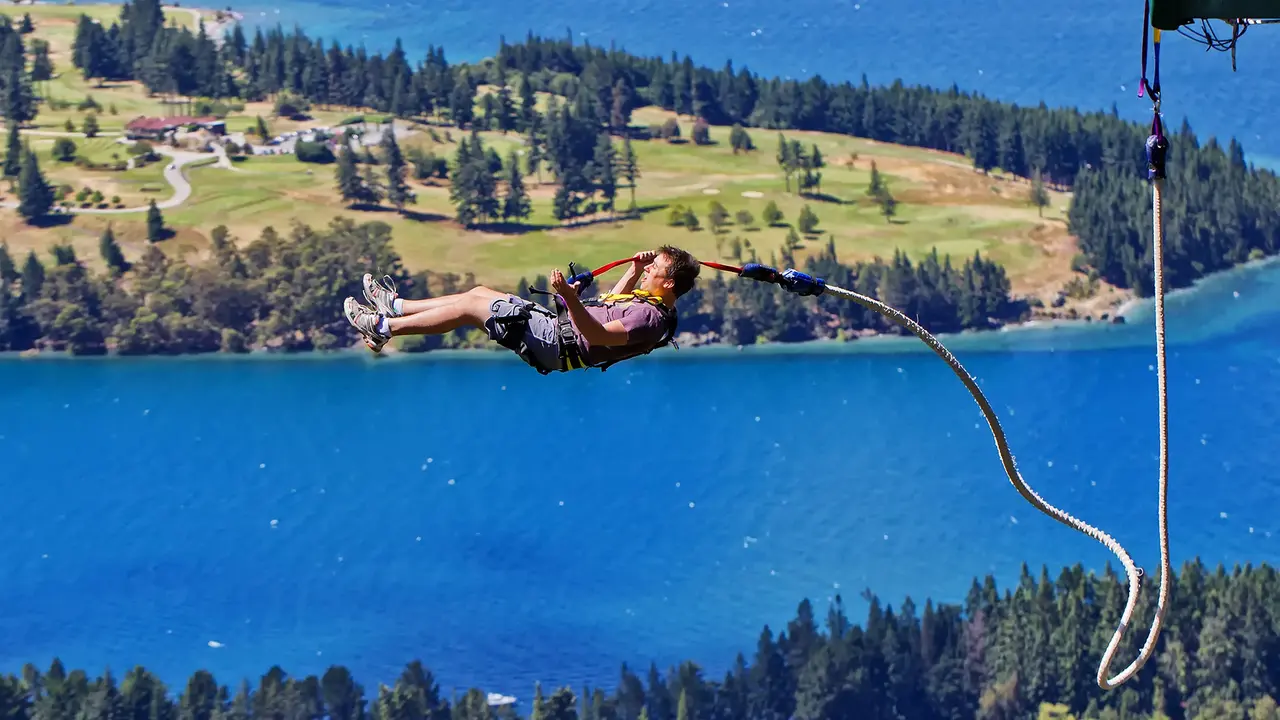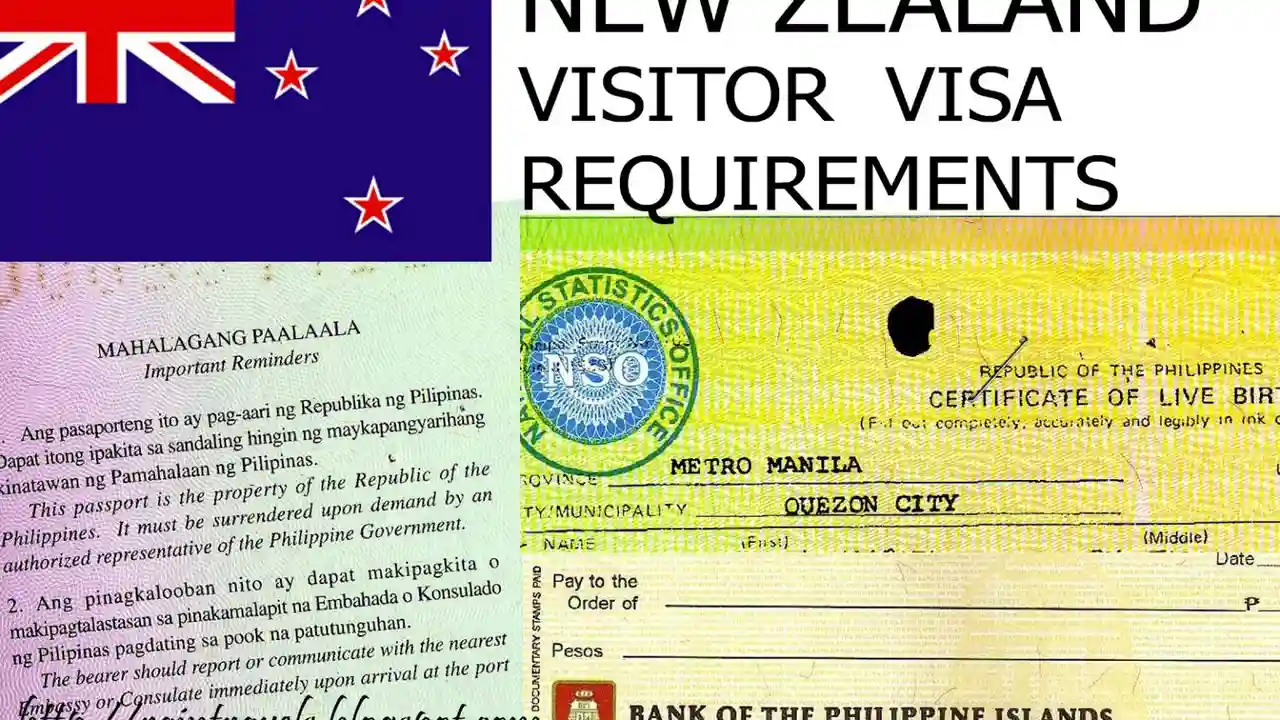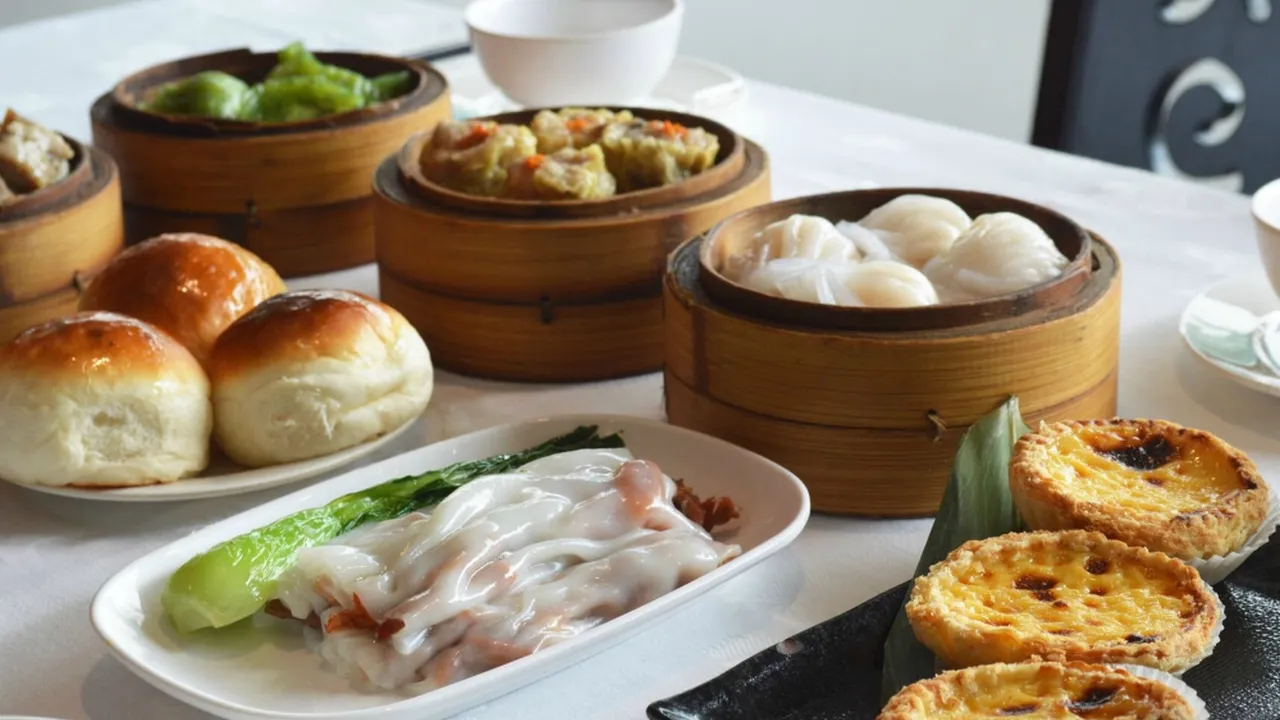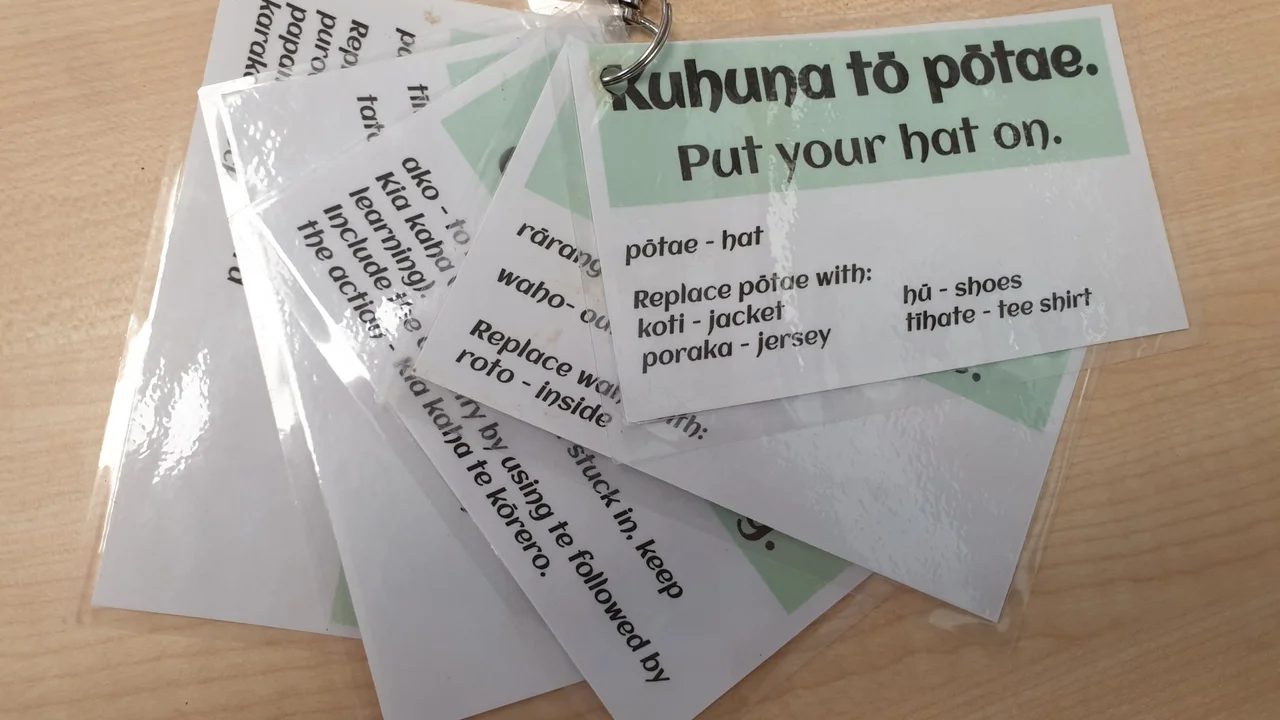Bungee Jumping in New Zealand: The Ultimate Thrill
Sample meta description.

New Zealand Bungee Jumping Locations and Thrill Levels
Alright, thrill-seekers! You're thinking about bungee jumping in New Zealand? Smart move. This place is basically the bungee jumping capital of the world. We're talking stunning scenery, adrenaline pumping action, and a whole lot of screaming (mostly happy screams, I promise!). But before you hurl yourself off a perfectly good bridge or platform, let's break down the best spots and what kind of thrill you're in for.
First up, Queenstown. Yeah, you knew that was coming. It's the adventure capital, and home to the legendary Kawarau Bridge Bungy, the world's first commercial bungee jump. It's a classic! You're jumping from 43 meters (141 feet) above the Kawarau River. It's a great starting point if you're a bungee newbie. The views are amazing, and the jump itself is exhilarating but not terrifyingly insane.
Then there's the Nevis Bungy, also in Queenstown. Buckle up, buttercup, because this one's a beast. We're talking a whopping 134 meters (440 feet)! It's the highest bungee jump in New Zealand. The freefall is insane, and the views are... well, you might be too busy screaming to notice them. This is for the serious adrenaline junkies.
For something a little different, check out the Auckland Harbour Bridge Bungy. It's only 40 meters (131 feet), but you're jumping right over the harbor, with the city skyline as your backdrop. It's a unique experience and a great way to see Auckland from a whole new perspective.
Finally, there's the Taupo Bungy, over the Waikato River. It's 47 meters (154 feet), and you can choose to be dunked in the water! It's a fun twist on the classic bungee jump, and a great way to cool off on a hot day.
Choosing the Right Bungee Cord for Your New Zealand Jump Adventure
Okay, so you've picked your location. Now let's talk about gear. The most important thing is the bungee cord itself. It's what's keeping you from becoming a pancake, so you want to make sure it's top quality.
Bungee cords are typically made from multiple strands of rubber, encased in a protective fabric sheath. The thickness and length of the cord will vary depending on the jumper's weight and the height of the jump. The operators will always choose the correct cord for you, so don't worry about having to figure it out yourself. They're professionals!
But it's good to know that there are different types of cords. Some are designed for a softer, more gradual bounce, while others are designed for a more aggressive, whiplash-inducing experience. If you're nervous, ask for a softer cord. If you're a seasoned thrill-seeker, go for the aggressive one!
And of course, safety is paramount. All reputable bungee jumping operators in New Zealand use state-of-the-art equipment and follow strict safety protocols. They'll double-check everything before you jump, and they'll be there to catch you at the bottom. So relax and enjoy the ride!
Essential Bungee Jumping Gear Recommendations and Usage Scenarios
So, you're all geared up to take the plunge? Great! But before you do, let's talk about some gear that can make your experience even better. While the bungee operator provides all the essential safety equipment, there are a few things you might want to bring along.
GoPro Hero 11 Black: Capturing Your New Zealand Bungee Experience
First up, a GoPro. You absolutely need to capture this epic moment! The GoPro Hero 11 Black is a fantastic choice. It's waterproof, durable, and shoots amazing video in 5.3K resolution. Imagine reliving that jump over and over again in stunning detail! You can mount it on your helmet or chest harness (check with the operator first). Price: Around $400.
Usage Scenario: Mount it securely to your helmet or chest harness to record the entire jump from your perspective. Make sure it's fully charged and has enough storage space!
Waterproof Phone Case: Protecting Your Device During Your Adventure
Next, a waterproof phone case. Even if you're not planning on getting dunked in the river, it's always a good idea to protect your phone. Accidents happen! A good waterproof case will keep your phone safe from splashes, rain, and even a full submersion. Consider the JOTO Universal Waterproof Phone Pouch. It's affordable and reliable. Price: Around $15.
Usage Scenario: Keep your phone in this case while you're waiting for your turn to jump. That way, you can take photos and videos of your friends and family as they jump (and maybe post some nervous selfies!).
Quick-Drying Clothing: Staying Comfortable After Your New Zealand Bungee Jump
Third, quick-drying clothing. If you're jumping over water, or even if it's just a bit drizzly, you'll want to wear clothes that dry quickly. Avoid cotton, which stays wet and cold. Opt for synthetic fabrics like polyester or nylon. A good option is a pair of quick-drying shorts and a t-shirt from a brand like Columbia or Patagonia. Price: Varies, but expect to pay around $50-$100 for a decent set.
Usage Scenario: Wear these clothes on the day of your jump. They'll keep you comfortable even if you get a little wet.
Sports Sunglasses with Strap: Keeping Your Vision Clear During Your Jump
Finally, sports sunglasses with a strap. You don't want your sunglasses flying off mid-jump! Choose a pair of sunglasses that fit snugly and have a strap to keep them secure. Look for polarized lenses to reduce glare. Brands like Oakley and Tifosi make great sports sunglasses. Price: Around $100-$200.
Usage Scenario: Wear these sunglasses during your jump to protect your eyes from the sun and wind. The strap will ensure they stay put!
Bungee Jumping Gear Comparison: Choosing the Right Equipment for Your Needs
Okay, let's dive a little deeper into comparing some of these products. When it comes to GoPros, the Hero 11 Black is the top-of-the-line, but it's also the most expensive. If you're on a budget, the GoPro Hero 10 Black is still a fantastic option. It shoots amazing video and is slightly cheaper. The main difference is the processor and some of the advanced features.
For waterproof phone cases, there are tons of options out there. The JOTO pouch is a great budget-friendly choice, but if you want something a bit more rugged, consider a Lifeproof case. They're more expensive, but they offer superior protection.
When it comes to quick-drying clothing, the key is to look for fabrics that are lightweight and breathable. Brands like Columbia, Patagonia, and The North Face all make excellent options. Consider the weather conditions in New Zealand when choosing your clothing. If it's likely to be cold, bring a lightweight fleece jacket.
Finally, for sports sunglasses, fit is key. Make sure the sunglasses fit snugly and don't slip off your face. Polarized lenses are a must for reducing glare. Oakley and Tifosi are both excellent brands, but there are plenty of other great options out there. Consider the shape of your face when choosing your sunglasses. Some styles look better on certain face shapes than others.
Bungee Jumping in New Zealand: Safety Considerations and Best Practices
Let's talk about safety. Bungee jumping is an extreme sport, and there are inherent risks involved. But with the right precautions, you can minimize those risks and have a safe and enjoyable experience.
First and foremost, choose a reputable operator. Look for operators that have a good safety record and are certified by a recognized organization. Check online reviews and ask for recommendations from other travelers.
Listen carefully to the operator's instructions. They'll tell you everything you need to know about the jump, including how to position your body and what to expect. Don't be afraid to ask questions if you're unsure about anything.
Be honest about your health. If you have any medical conditions, such as heart problems, back problems, or high blood pressure, let the operator know. They may advise you not to jump.
Don't jump if you're under the influence of alcohol or drugs. This should be obvious, but it's worth mentioning.
Finally, trust your instincts. If you don't feel comfortable with something, don't do it. It's okay to back out of a jump if you're feeling nervous or unsure. There's no shame in admitting that you're not ready.
New Zealand Bungee Jumping: Cost Breakdown and Budgeting Tips
Okay, let's talk about the cost. Bungee jumping in New Zealand isn't cheap, but it's an investment in an unforgettable experience. The cost of a bungee jump will vary depending on the location and the height of the jump. Expect to pay anywhere from $200 to $400 NZD per jump.
The Kawarau Bridge Bungy in Queenstown is typically around $230 NZD. The Nevis Bungy, being the highest, is the most expensive, at around $400 NZD. The Auckland Harbour Bridge Bungy is around $200 NZD, and the Taupo Bungy is around $210 NZD.
In addition to the cost of the jump itself, you'll also need to factor in the cost of transportation, accommodation, and food. Queenstown is a popular tourist destination, so accommodation can be expensive. Consider staying in a hostel or Airbnb to save money.
To save money on the bungee jump itself, look for deals and discounts. Many operators offer discounts for students, backpackers, or group bookings. You can also often find deals online through websites like Bookme or GrabOne.
Finally, remember to factor in the cost of photos and videos. Most operators offer professional photos and videos of your jump, but they can be quite expensive. If you're on a budget, consider bringing your own GoPro and filming the jump yourself.
Frequently Asked Questions about Bungee Jumping in New Zealand
Still got questions? Here are some of the most frequently asked questions about bungee jumping in New Zealand:
Q: How old do I have to be to bungee jump?
A: The minimum age is usually 10 years old, but it can vary depending on the operator. There is often a minimum weight requirement as well.
Q: What should I wear?
A: Comfortable clothing and closed-toe shoes are recommended. Avoid loose clothing that could get caught in the equipment.
Q: Can I wear glasses or contact lenses?
A: Yes, but make sure they are secure. You may want to consider wearing a strap to keep your glasses from flying off.
Q: Is it safe?
A: Bungee jumping is an extreme sport, but it is generally safe when performed by a reputable operator with proper safety equipment and procedures.
Q: What happens if the cord breaks?
A: Bungee cords are designed to be incredibly strong and durable. The chances of a cord breaking are extremely slim.
Q: Can I do a tandem bungee jump?
A: Some operators offer tandem bungee jumps, but they are not as common as solo jumps.
Q: What if I'm too scared to jump?
A: It's okay to back out if you're feeling too scared. The operator will understand.
So there you have it! Everything you need to know about bungee jumping in New Zealand. Now go out there and conquer your fears!
:max_bytes(150000):strip_icc()/277019-baked-pork-chops-with-cream-of-mushroom-soup-DDMFS-beauty-4x3-BG-7505-5762b731cf30447d9cbbbbbf387beafa.jpg)






